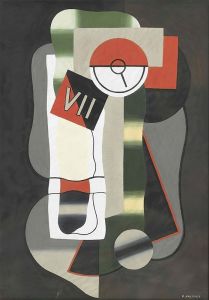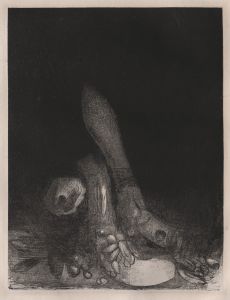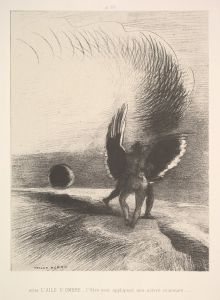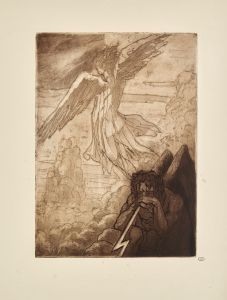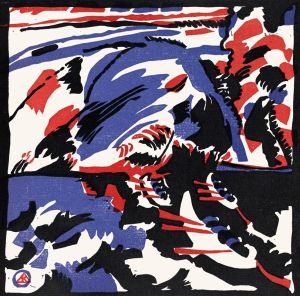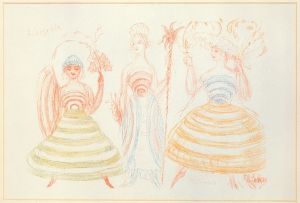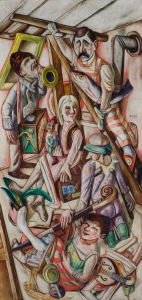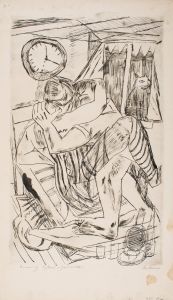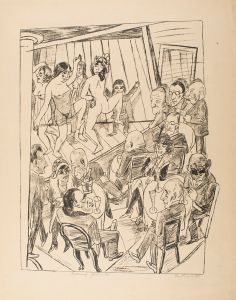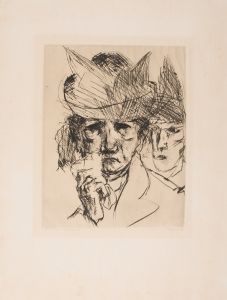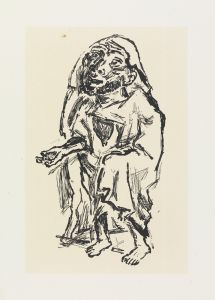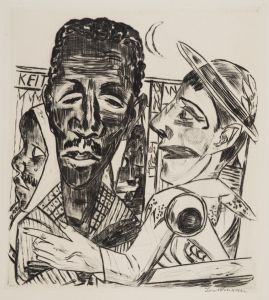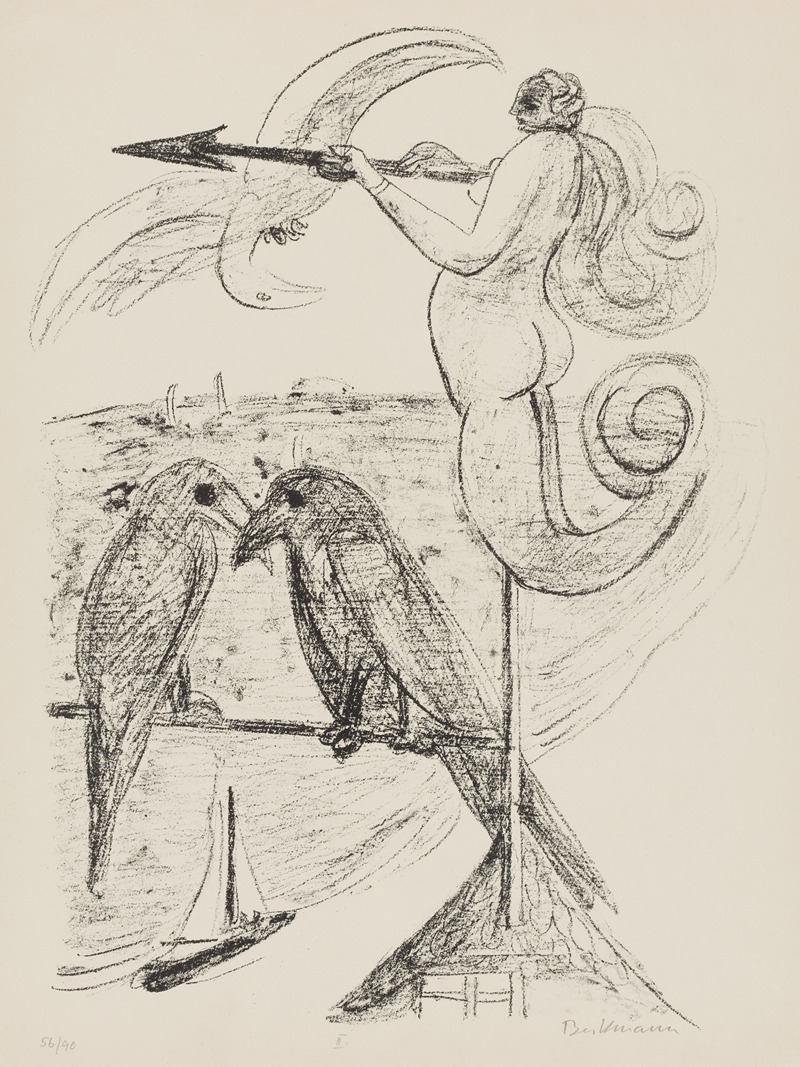
Weather-Vane
A hand-painted replica of Max Beckmann’s masterpiece Weather-Vane, meticulously crafted by professional artists to capture the true essence of the original. Each piece is created with museum-quality canvas and rare mineral pigments, carefully painted by experienced artists with delicate brushstrokes and rich, layered colors to perfectly recreate the texture of the original artwork. Unlike machine-printed reproductions, this hand-painted version brings the painting to life, infused with the artist’s emotions and skill in every stroke. Whether for personal collection or home decoration, it instantly elevates the artistic atmosphere of any space.
Max Beckmann's "Weather-Vane" is a notable work by the German painter, who is recognized for his contributions to the Expressionist movement and his unique style that often incorporated elements of the New Objectivity. Beckmann's work is characterized by its bold use of color, complex compositions, and often, a profound exploration of the human condition, reflecting the turbulent times in which he lived.
"Weather-Vane," created in 1936, is a significant piece that exemplifies Beckmann's mature style. During this period, Beckmann was living in Germany under the oppressive regime of the Nazis, who had labeled his work as "degenerate art." This political and social climate deeply influenced his art, leading to works that often contained allegorical and symbolic elements.
The painting "Weather-Vane" is a complex composition that features a variety of figures and objects, each contributing to the overall narrative and thematic depth of the piece. Beckmann's use of a weather vane as a central motif can be interpreted as a metaphor for change and instability, reflecting the uncertain and tumultuous times of the 1930s in Europe. The weather vane, traditionally used to show the direction of the wind, could symbolize the shifting political and social winds of the era.
Beckmann's style in "Weather-Vane" is marked by his characteristic use of bold lines and vibrant colors. His figures are often rendered with a sense of monumentality and are imbued with a psychological intensity that invites viewers to engage with the deeper meanings behind their expressions and interactions. The composition is typically dense, with a dynamic interplay of forms and spaces that create a sense of movement and tension.
The painting also reflects Beckmann's interest in theater and performance, a recurring theme in his work. The figures in "Weather-Vane" can be seen as actors on a stage, each playing a role in the unfolding drama. This theatricality adds a layer of complexity to the painting, as it blurs the lines between reality and performance, inviting viewers to question the nature of truth and illusion.
Beckmann's work during this period is often seen as a response to the existential crises of the time, and "Weather-Vane" is no exception. The painting can be viewed as a commentary on the human condition, exploring themes of fate, destiny, and the search for meaning in a world that seems increasingly chaotic and unpredictable.
In summary, Max Beckmann's "Weather-Vane" is a powerful example of his artistic vision and his ability to convey complex themes through his distinctive style. The painting stands as a testament to Beckmann's resilience and creativity in the face of adversity, and it continues to resonate with audiences today for its profound exploration of the human experience.





